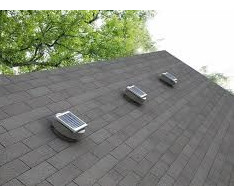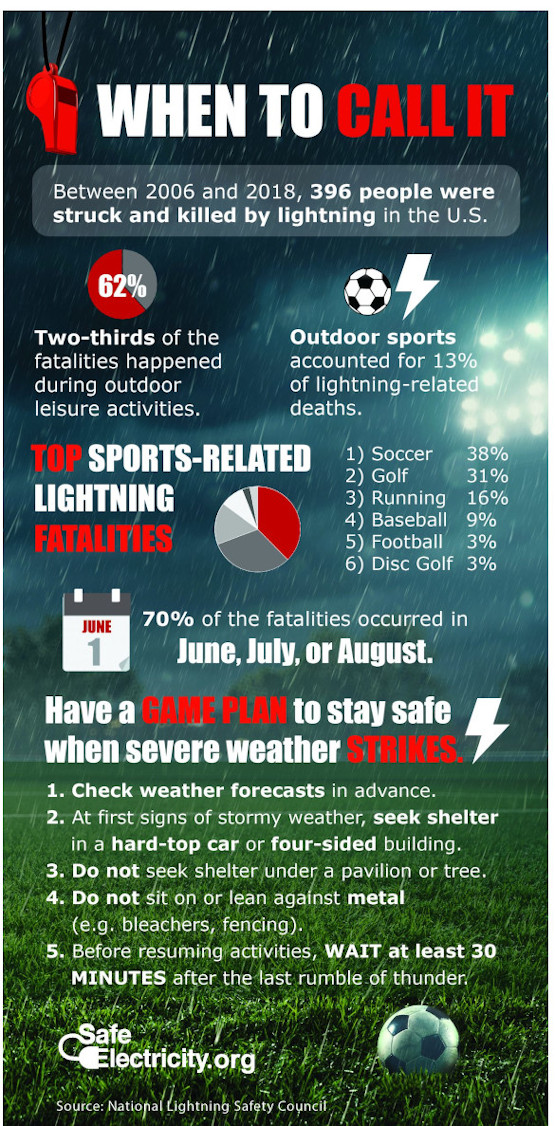| |
|

In summer, the sun beats down on the roof and heats up our attic spaces. Natural air flow moves the super-heated air out, while insulation resists heat transfer into the rest of the home below. The inherent property of warm air to rise creates convection currents that move the heat buildup through vents at the top. This process reduces the work air-conditioners must do to keep our homes comfortable.
A well-designed attic ventilation system has a combination of intake vents at the lowest point in the attic, typically in the soffit or near the roof's edge, and exhaust vents at or near the ridge or peak of the attic. With proper design, attic or whole house fans are not necessary. In fact, these fans can create a negative pressure in the attic that draws conditioned air through the ceiling below.
Natural circulation created by this thermal effect can have even greater value during the winter. Obviously, heat does not travel from attics into the living quarters during the heating season. Rather, heated indoor air travels into the attic from the home below along with moisture. The warmer air is, the greater its capacity to hold moisture.
Problems start when this warm, moist air hits cooler rafters, trusses and roof sheathing. As this air cools, moisture condenses out of it and creates water droplets or frost. Eventually, this condensation drips on the insulation below. If the insulation gets too soaked, its volume compresses and its effectiveness is reduced. This leads to greater heat loss and colder rooms. Colder rooms lead to a greater need for heat, and greater use of the furnace leads to higher energy bills.
Condensation is not only a problem for insulation, but other building materials as well. Absorbed into lumber, this moisture can cause wood rot and deteriorate roofing materials. As the moisture soaks into attic floors and eventually into ceiling materials, water stains and paint damage will begin to appear in the rooms below.
Perhaps the largest concern improperly ventilated attics can cause in the winter is ice damming. This occurs when attics become too warm and snow melts off the roof, only to re-freeze in the gutters. As they build up, ice dams can cause significant structural damage. Proper insulation and ventilation keep attics cold in winter by reducing the entry of heat and moist air from below. These practices also expel moisture that does make it through the ceiling below.
Note that the most common mistake homeowners make when installing insulation is to block the flow of air at the eaves. Never cover soffit vents with insulation. Rather, check all attic vents periodically, and remove any obstructions to ensure proper airflow. It will keep you cooler this summer and warmer next winter.
Norris Public Power District wants to help you make the most of the energy we provide you. That includes keeping your home cool this summer and warm this winter. For more ideas on how you can make your home EnergyWiseSM, www.norrisppd.com.
| |
|








